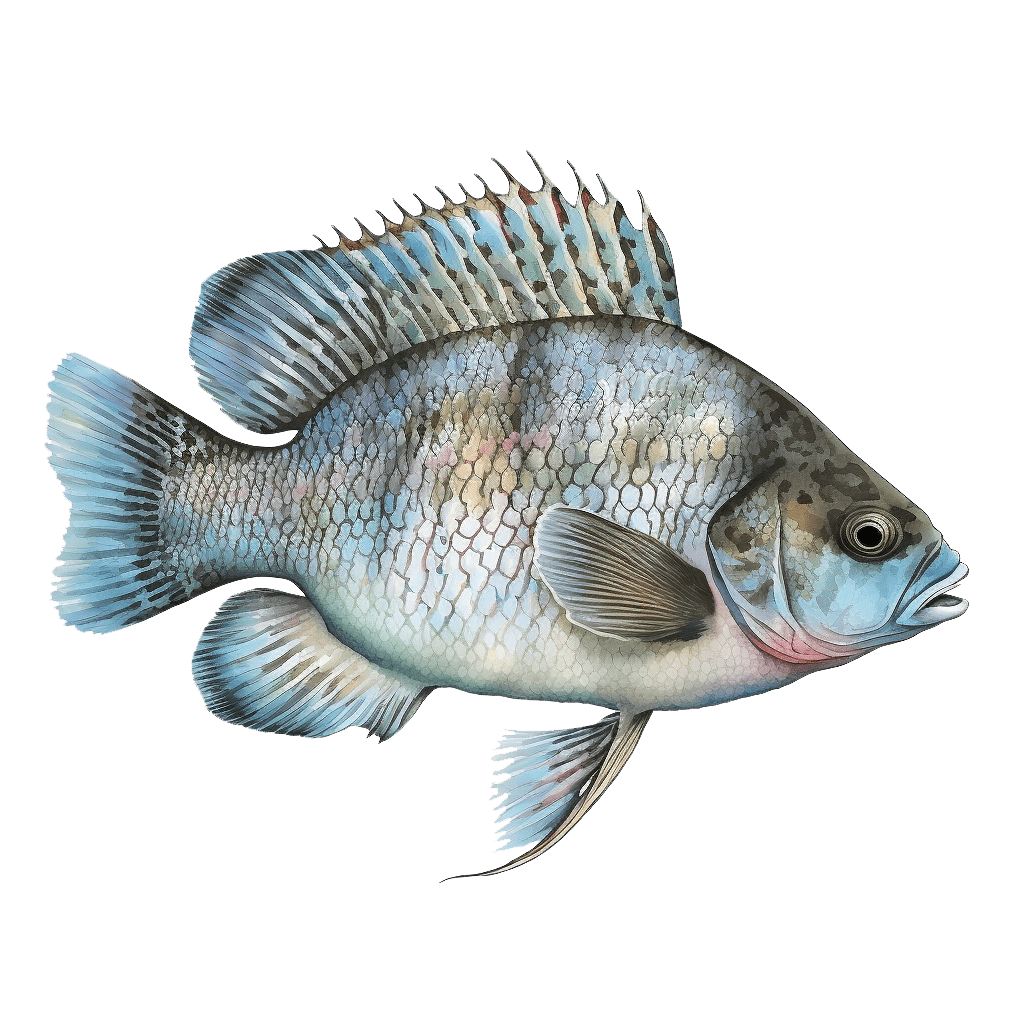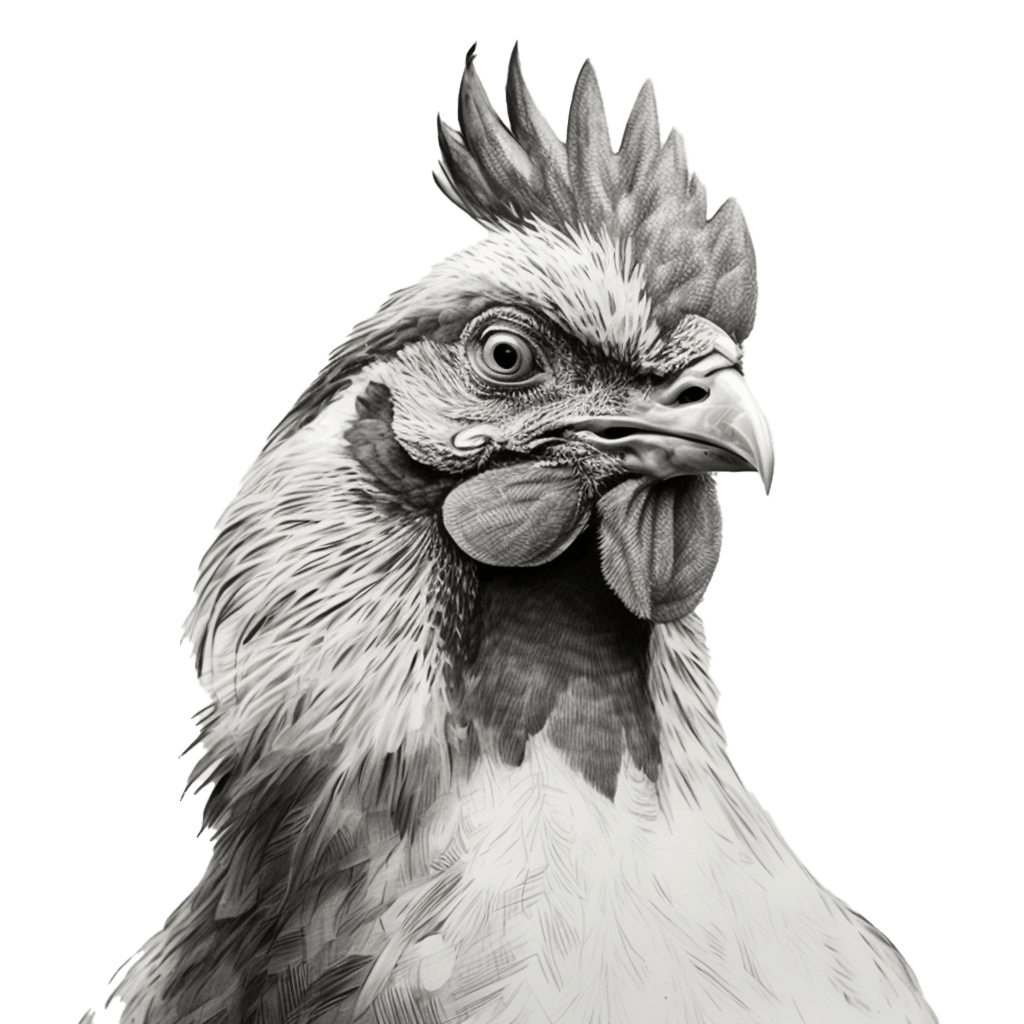
The Nile tilapia (Oreochromis niloticus) is an African cichlid native to Burkina Faso, Cameroon, Chad, Cote d’Ivoire, Egypt, Gambia, Ghana, Guinea, Liberia, Mali, Niger, Nigeria, Senegal, Sierra Leone, Sudan, Togo and Uganda. Nile tilapia is an important food fish that has been introduced to many different parts of the world by man and through aquaponics. It can today be found on all continents except Antarctica. In several countries, Nile tilapia has become a problematic invasive species after its introduction.
Subspecies of Nile tilapia
* Oreochromis niloticus baringoensis (Baringo tilapia)
* Oreochromis niloticus cancellatus
* Oreochromis niloticus eduardianus
* Oreochromis niloticus filoa
* Oreochromis niloticus niloticus
* Oreochromis niloticus sugutae
* Oreochromis niloticus tana
* Oreochromis niloticus vulcani
The two forms of tilapia referred to as Oreochromis “Nyabikere” and Oreochromis “Kabagole” are also suspected to be variants of Oreochromis niloticus.
The largest scientifically measured Nile tilapia was 60 cm (almost 24 inches) in length. The body of the fish is adorned with regular vertical stripes throughout the depth of the caudal fin. The caudal fin sports vertical bars. The dorsal fin margin is black or grey.
Nile tilapia inhabits a lot of different waters, from lakes and rivers to irrigation channels and sewage canals. It is considered a freshwater species but will tolerate brackish conditions as well. In the wild, it is typically found in waters where the temperature stays in the 13.5-33 °C (56-91 °F) range. The extended temperature range for this species is however 8-42 °C (47-108 °F). Nile tilapia is principally a day active fish that feeds chiefly on phytoplankton and benthic algae. It can also eat plants and have been introduced to ponds to reduce the amount of aquatic weed.
Just like many other African cichlids, the Nile tilapia is a mouthbrooding species where the female fish will keep egg, larvae and fry protected inside her mouth until the fry is large enough to be released.
Nile tilapia is a popular species for aquacultures, but using the wild type is no longer common since its dark coloured flesh is not very popular on the food market. Leucistic breeds have been develope that produces more lightly coloured meat. (Leucism is a condition characterized by reduced pigmentation in animals. It is similar to albinism but affects all type of skin pigment, not only melanin.) Hybrids containing genetic material from Nile tilapia are also important for the fish farming industry.
Cultivating Nile tilapia might sound like a typical 20th century endeavour, but the truth is that Nile tilapia was pond farmed in Ancient Egypt. The Egyptians called the fish ?n.t and it is represented by hieroglyph K1 on Gardiner’s Sign List. (Gardiner’s Sign List is a list of common Egyptian hieroglyphs compiled by Sir Alan Gardiner.) When used as a logogram, the hieroglyph simply meant Nile tilapia. When used as a determinative (ideogram), it signified both Nile tilapia and/or flathead mullets. Both fish types were of large commercial importance in Ancient Egypt. When used as part of a phonogram, the hieroglyph represented the sound ?n.
Nile tilapia has not been evaluated for the IUCN Red List of Threatened Species




Leave a Reply